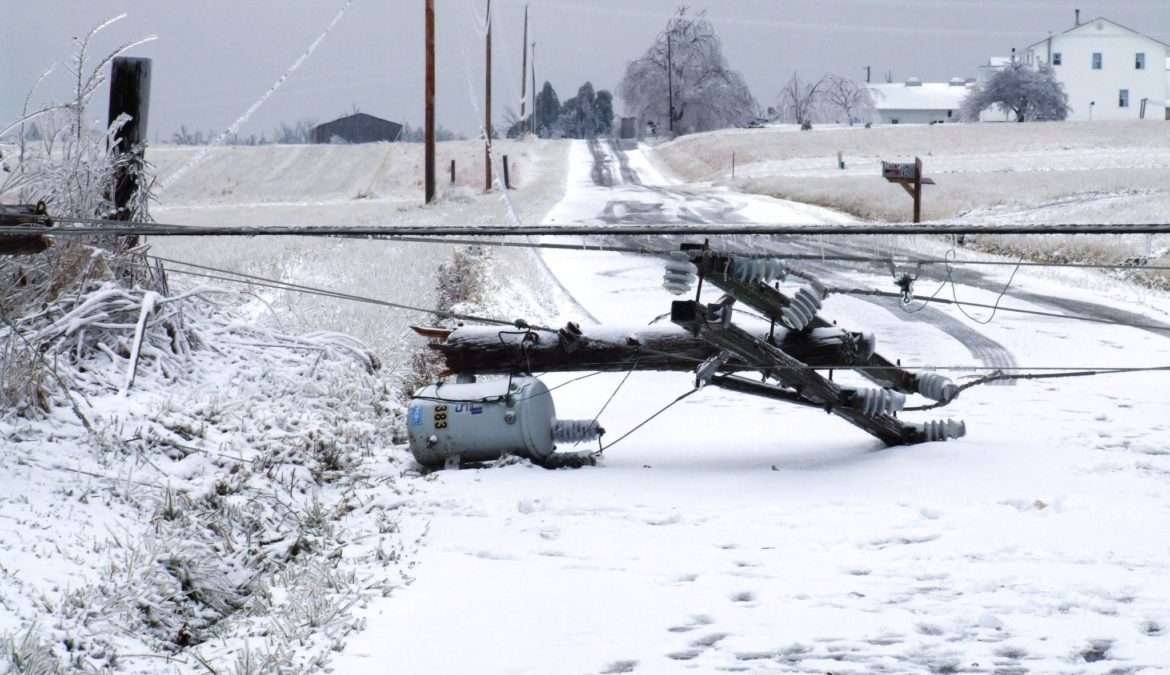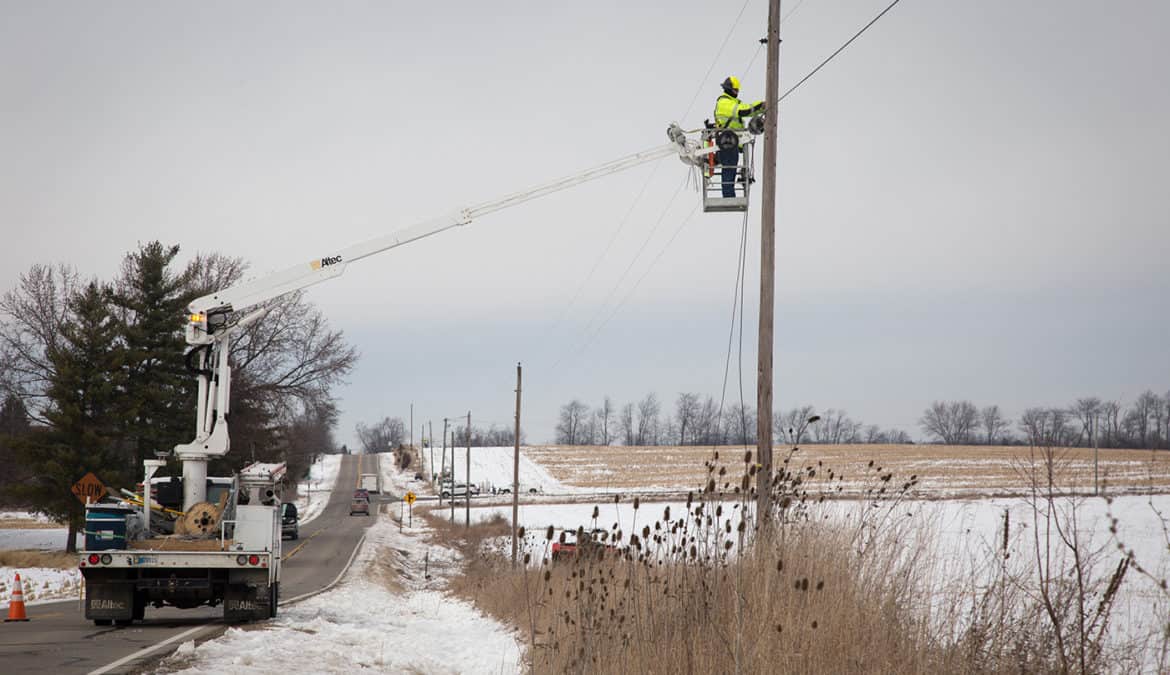Millions of Americans were without power Tuesday as brutal winter weather spiked demand for electricity, causing widespread outages and forcing Texas, Louisiana, Oklahoma and other states to institute rolling blackouts to conserve energy.
Texas was by far the hardest-hit, with more than 4 million customers without power as of Tuesday afternoon. Oregon, Kentucky, Louisiana and West Virginia also had more than 100,000 outages, according to poweroutage.us.
Electric cooperatives and other utilities struggled to meet consumer demand that exceeded power supply as temperatures plunged and ice and snowstorms wreaked havoc. More storms are expected later this week.
“Due to continued frigid weather across Texas, the regional electric grid is operating under emergency conditions,” Pedernales Electric Cooperative said in a statement on its website. “Utilities statewide, including Pedernales Electric Cooperative (PEC), have been directed to reduce demand. As a result, service interruptions will occur throughout the PEC service territory.”
PEC said the service interruptions will continue “as long as the regional grid operator experiences peak demand.”
Neighboring Louisiana reported nearly 156,000 outages throughout the state early Tuesday, according to poweroutage.us.
“Due to the increase in power usage caused by the colder than normal temperatures and strain on the electrical infrastructure, our grid and transmission operators are no longer able to meet the demand of the network of transmission lines, and as a result load-shedding measures have become necessary until further notice,” said the Association of Louisiana Electric Cooperatives in a statement Tuesday. “At this time, Louisiana electric cooperatives have not been given an estimated time on how long these load-shedding outages will last.”
Kentucky co-ops were reeling from back-to-back ice storms.
“With the help of daylight, co-ops are assessing the extensive damage to their systems from back-to-back ice storms with crippling accumulations,” Kentucky Electric Cooperatives said in a tweet Tuesday morning. “About 100,000 consumer-members are without power in what looks to be a prolonged restoration effort.”

Missouri, Oklahoma and Virginia each reported outages in the range of 50,000 to 100,000. Alabama, Arkansas, Illinois, Kansas, Mississippi, New Mexico, New York, North Carolina and Ohio reported 10,000 to 50,000 outages.
Some co-ops urged their consumer-members to reduce their use of electricity during the weather emergency so that everyone could get at least some power.
“The Electric Cooperatives of Arkansas ask members to immediately limit the use of electric service through the next 24 hours to ensure that members will continue to receive at least a minimum of electric service,” the statewide association said in a statement Tuesday. “Additional appeals may be necessary.”
Andrew Lachowsky, vice president of planning and market operations for the Arkansas association, said that rolling outages are possible unless electric consumption is reduced immediately. Because of the extremely cold weather, demand is exceeding supply for utility customers in the western part of the state, he said.
“This is an unprecedented time, and we urge electric cooperative members to immediately reduce the use of electrical requirements by turning off or not using non-essential lights and electric appliances, especially electric water heaters, clothes dryers and dishwashers and to turn heating thermostats to lower settings,” Lachowsky said.
Co-ops rushed to assist their neighboring co-ops whenever possible, but many were unable to divert crews from their own territories as more storms headed their way.
Crews from Shenandoah Valley Electric Cooperative in Virginia were helping restore power Tuesday to consumer-members of Mecklenburg Electric Cooperative in the aftermath of a weekend ice storm.
“Here’s a look at what our crews are facing,” SVEC said in a tweet that showed photos of downed trees hitting power lines. “Your continued thoughts and prayers are welcome through the restoration process!”
Erin Kelly is a staff writer at NRECA.




